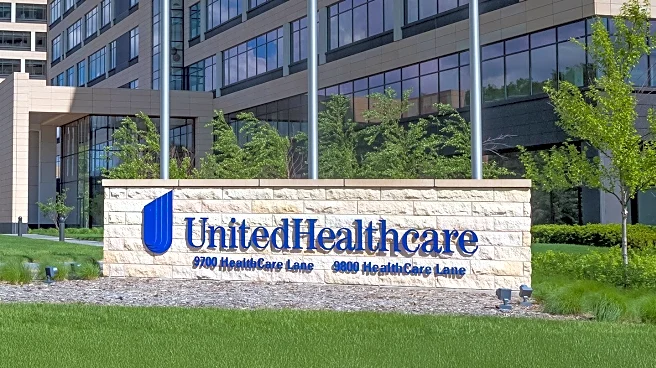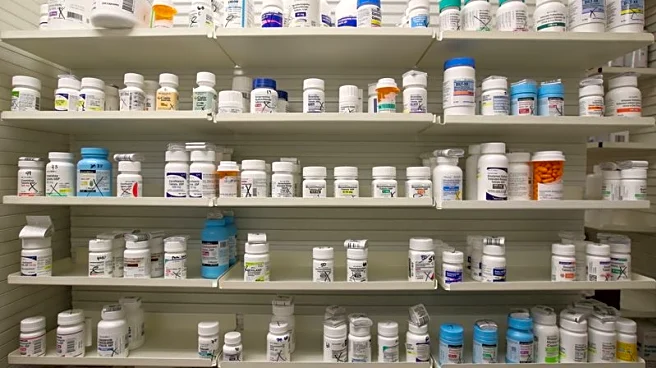What's Happening?
The Institute for Clinical and Economic Review (ICER) has released a report indicating a significant rise in the net prices of newly launched drugs in the United States, with a 51% increase observed over
a three-year period from 2022 to 2024. The list prices of these drugs also rose by 24%. ICER's analysis suggests that if the 23 new medicines had been launched at cost-effective prices, the US healthcare system could have saved between $1.3 billion and $1.5 billion in the first year. The report highlights barriers to access for new medicines, noting that insurance coverage policies were often unavailable even a year after drug approval, leading to a high rejection rate for first-time prescriptions. ICER's president, Sarah Emond, emphasized the need for a value-based payment system amid rising health insurance premiums.
Why It's Important?
The rising drug launch prices have significant implications for the US healthcare system, potentially increasing costs for patients and insurers. The report underscores the challenges in accessing new medicines, which could lead to higher out-of-pocket expenses and reduced treatment options for patients. The Trump administration's efforts to implement a most favoured nation policy on drug pricing aim to address these issues by tying US prices to those in other high-income countries. However, the National Pharmaceutical Council argues that ICER's focus on launch pricing overlooks the long-term value of medicines, including benefits from loss of exclusivity. This debate highlights the ongoing tension between cost containment and ensuring access to innovative treatments.
What's Next?
The report may influence policymakers to consider reforms in drug pricing and insurance coverage to improve access to new medicines. The Trump administration's most favoured nation policy could face opposition from pharmaceutical companies, which may impact its implementation. Stakeholders, including healthcare providers and insurers, may need to adapt to changing pricing structures and coverage policies. The ongoing discussion around drug pricing could lead to legislative or regulatory changes aimed at balancing cost-effectiveness with access to essential treatments.
Beyond the Headlines
The report raises ethical questions about the balance between drug pricing and patient access. The high rejection rate for new prescriptions due to non-coverage suggests a need for greater transparency and accountability in insurance policies. Additionally, the focus on net prices rather than list prices may prompt a reevaluation of how drug costs are assessed and negotiated. Long-term shifts in healthcare policy could emerge from these discussions, potentially influencing the development and distribution of future pharmaceuticals.












